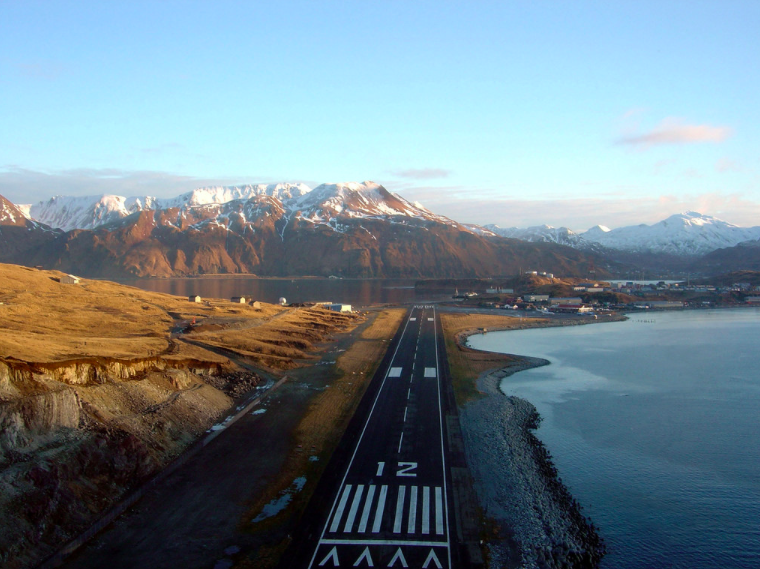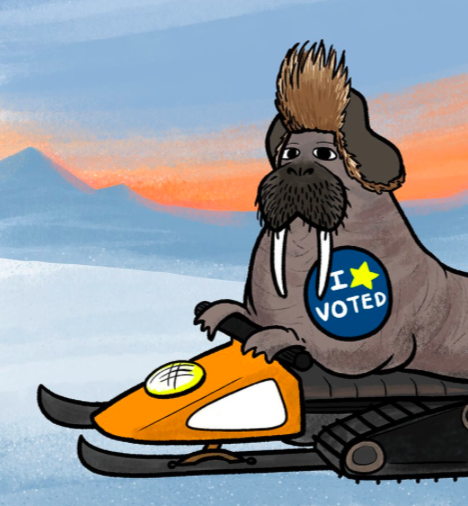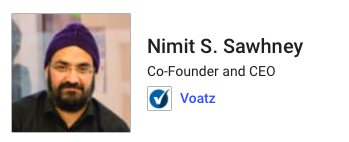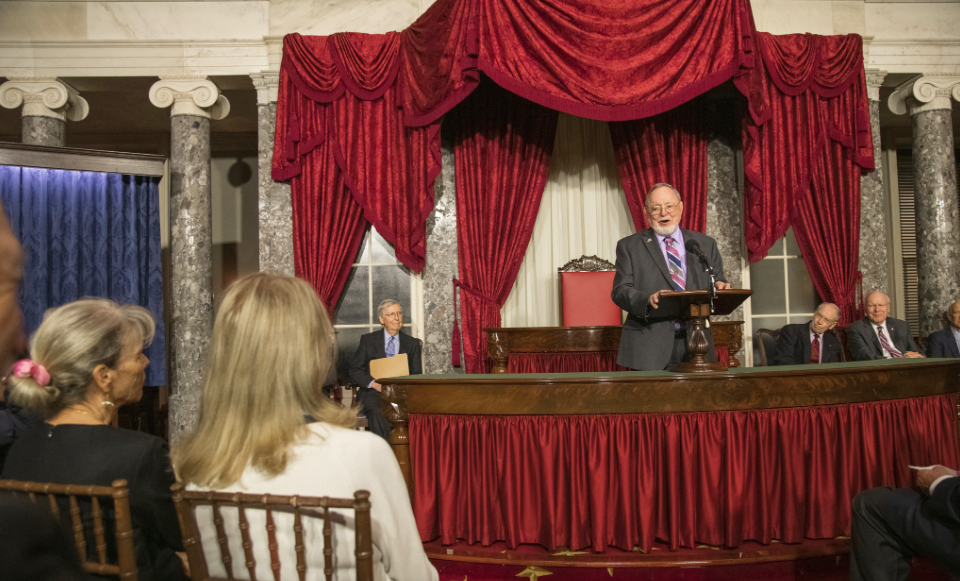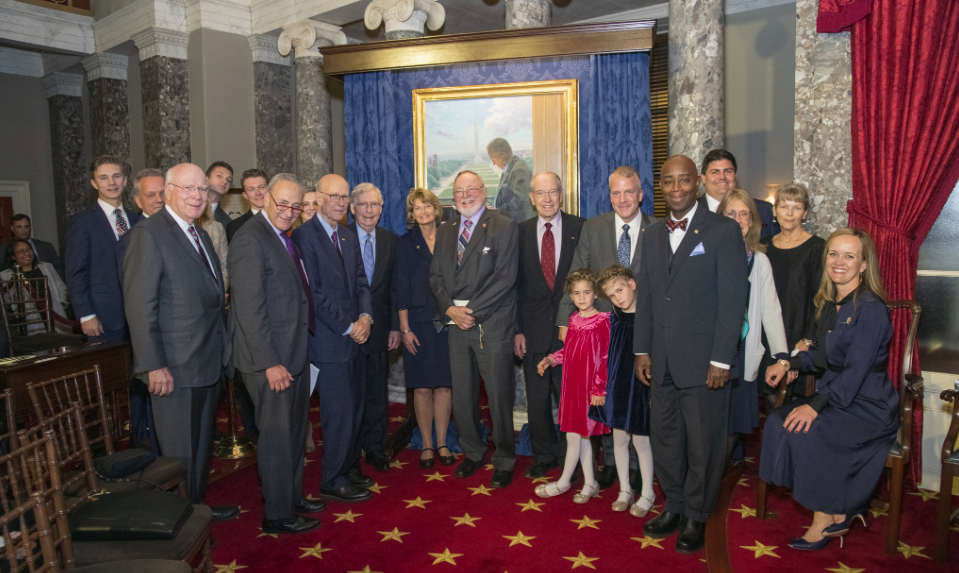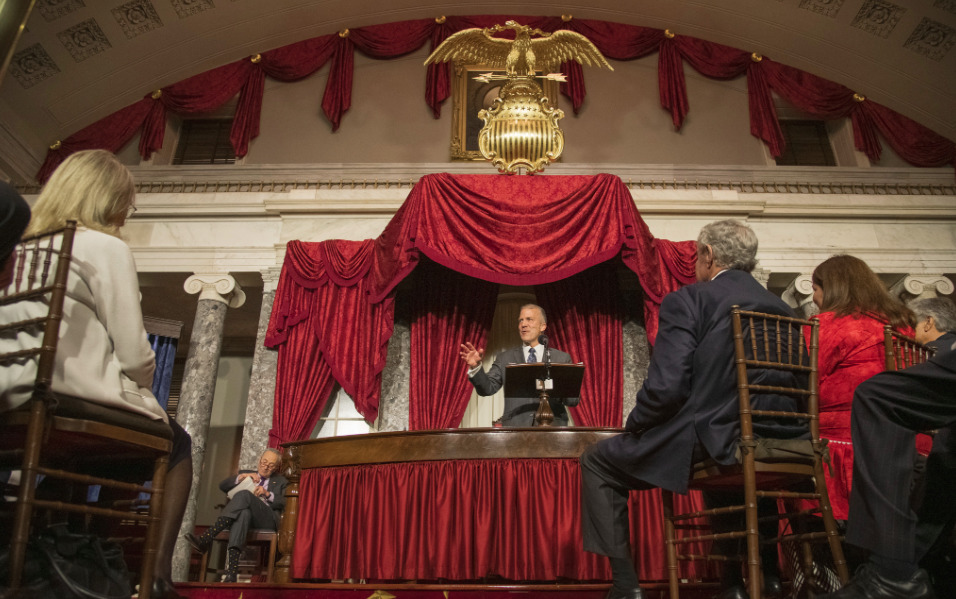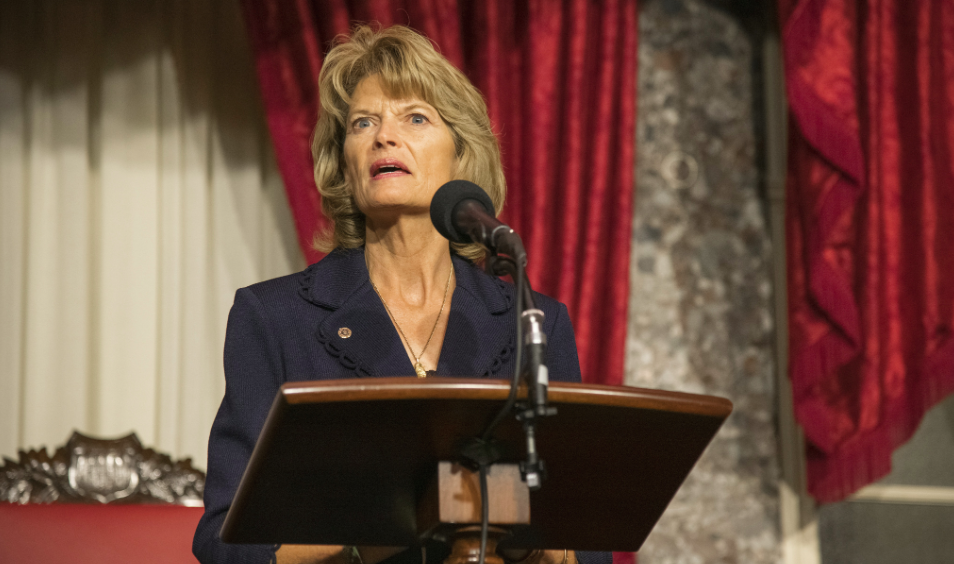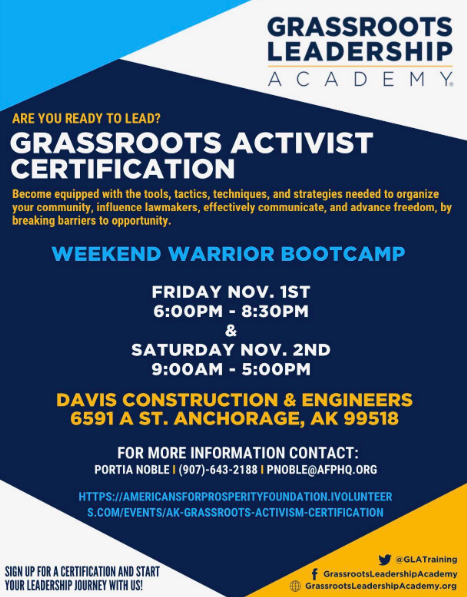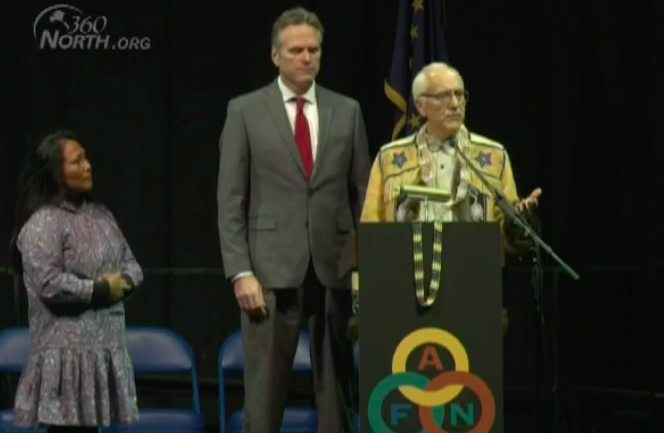By PAUL FUHS
The issue has received a lot of attention lately. Rightly so. Across a wide spectrum of Anchorage residents, people have had enough of what they are seeing on our streets.
Yet, the way homelessness is being discussed and written about will not result in turning back the degradation of our communities.
Homelessness is described as some generic condition in which all are the same and everything will be OK if we just give everyone a place to live. And indeed, for the majority of Anchorage’s 1,000 homeless, this is the solution that they need.
These would include people who had lost work, had a catastrophic illness without medical coverage, were recently divorced without means, or on the run with their kids from a violent spouse. A stable home as suggested by the recently announced Anchor Home program would give these homeless Alaskans a base to seek work and get their feet on the ground again.
However, they are not part of the approximately 300 street partiers that are openly drinking in public, vomiting, defecating and urinating on our private and public properties, accosting tourists for money, assaulting trail runners, and setting a horrible example for our children and people visiting from out of town.
These people are not alcoholics and drug addicts because they are homeless, they are homeless because they are alcoholics and drug addicts.
Some are being picked up as incapacitated up to 200 days a year. Of our Fire Department callouts, the vast majority are drunk and drug calls. And now a police unit must accompany them because the inebriates are attacking the people trying to help them.
Until this fact is acknowledged we are not going to make any headway.
So what can be done about it? A couple of years back, the Fairview Business Association, Fairview Community Council and 11 other community councils approached the Legislature with a proposal. We had organized a comprehensive group of providers for outreach, detox, inpatient transition, job placement, transitional housing and case management to make sure people didn’t fall through the cracks. This was a compassionate but effective approach.
We went to the Legislature to seek $5 million in alcohol tax funds to finance the program, supported by the liquor industry. No one expected us to be successful but it surprised everyone when Senator Kevin Meyer led the way to put it through the Senate. We felt we were on our way to an effective program. But when we got to the House Finance Committee, the Mental Health Trust Authority and the Department of Health and Social Services stepped in to sidetrack the funds into their own program.
What happened? First, they took half the money for a pet mental health program they were pushing and all the rest of the money went into drunk housing. All of it.
And not a single person ever went into treatment.
Now we are seeing more of the same and it’s even more ridiculous. A former office building at 3rd and Cordova was remodeled into more wet housing at a cost of $6 million. For 20 units – more than $300,000 each. And still no one has gone to treatment.
The idea behind this housing is that you don’t expect any responsibility from the people you are housing. No work, no treatment, no sobriety. So it just ends up being a base of operations for their continued full-time street partying.
In my view this is an act of ultimate lack of respect and compassion for these folks, as if they are worthless and can never contribute anything.
Our group also proposed to the Assembly Committee on Homelessness, creation of a social enterprise program to provide appropriate employment opportunities along with five other specific ideas to address the problem. Although the Committee met for more than two years, none of these was ever adopted.
The Muni takes down the encampments but has nowhere to send people, so they just move around. We obviously need a managed tent community with bathrooms, washeteria and yes, even a liquor store. Many of the problems we face are created by the activity of obtaining liquor. If we don’t seem to care if they drink, let’s make it easy where they don’t have to hang out in front of the stores in our communities to get it.
The Fire Department came up with the good idea of creating a no-buy list for people they had picked up more than six times, the ordinance was drafted but when the ACLU mentioned they didn’t like it, people put their tail between their legs and didn’t even try to get it passed.
If all else fails, we need to consider an involuntary treatment program at a facility such as we used to operate at Point Woronzof. Such a program was proposed by Sen. Johnny Ellis a few years ago. I don’t think anyone could accuse him of being uncompassionate. My brother worked there and many people were cured.
Another issue is that when sex offenders are sent to Anchorage and given court ordered sex offender counseling, there are no such services in their home communities. Abandoned, stuck in Anchorage, with a sex offender record and unable to find employment, they end up joining the ranks of the street inebriates. Look up the sex offender list and you will see what I mean.
Certainly these services could be provided by Skype or some other internet based system so that they can be reintegrated back into their communities where they could have family support. This is really the humane thing to do and perhaps some of the new federal funds for sexual assault can be used for this purpose.
So yes, there are solutions, but someone has to do something about it. What we are doing now is not compassionate. Free food, free housing, free medical, free Obama-phone, free everything so that they can put every single penny into the bottle: Is this helping them or is it a form of assisted suicide?
Are we willing to set some standards for our community and get some real help for our street people, or will we become Los Angeles or San Francisco? The choice is ours.
Paul Fuhs is former Mayor of Unalaska/Dutch Harbor and Commissioner of Commerce and Economic Development for Governor Wally Hickel.



